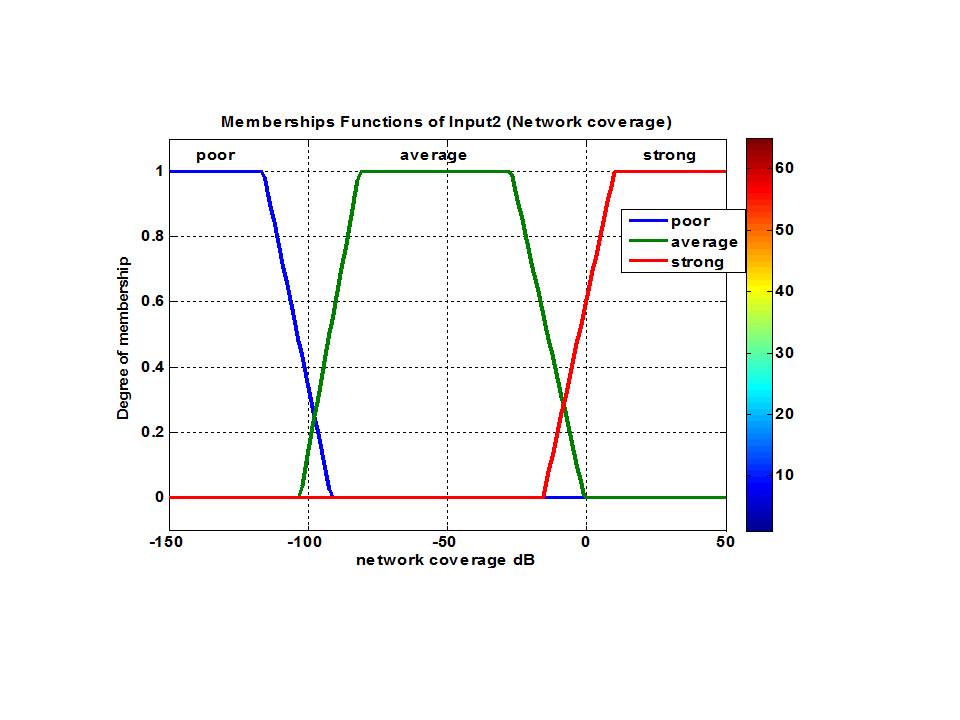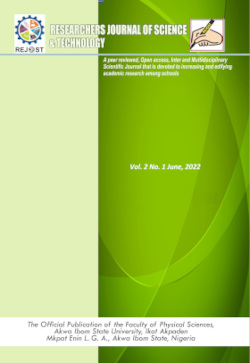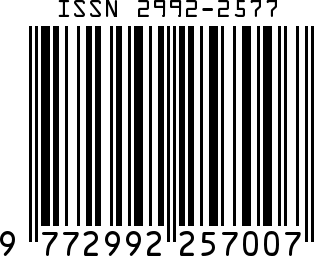Developing a Fuzzy-Simulink Model for Mobile Number Portability (MNP)
Keywords:
Nigerian Communication Commission (NCC);, GLO, MTN, MNP Fuzzy-Simulink, QoS KPI’sAbstract
Poor quality of service has become a major setback to the mobile telecommunication companies in Nigeria. This has led to customer’s complaints and dissatisfaction with the service. Call dropping, higher cost to business and social relationships and call delays are some of the other complaints that have been raised by some mobile phone users. Thus, the need to address the issues raised by the subscribers.This research presents a Fuzzy-Simulink model for MNP. The average QoS KPI’s data set for the two prominent mobile network operators (MTN and GLO) in Nigeria from June 2022 to December2022 was used as a data set for the simulation in MATLAB. ABA (ABIA STATE), UMUAHIA (ABIA STATE) and MBAISE (IMO STATE) were the study areas. From the results, it was seen that the model was able to accommodate the various parameters needed for subscribers to port from one network to another. In the months of June 2022 to December 2022, GLO NG produces the best expectation curve of 96.1% at its peak. It could also be seen that the different networks have different call volumes. The NCC took the lead with 102%, followed by MTN with 101.1% and GLO with 100.9%. The NCC service level was the best, at a peak of 99.91%. The improved service level might be a result of improved service quality. These may include enhanced radio coverage, reduction of radio interface between subscribers, perfections in the functioning of the network, such as improved handover or cell-reselection attempts, efficient loading of the different elements of the network, etc. MTN has the best MNP rate in the months under consideration. The implementation of this work therefore becomes inevitable since the research did not only assess the viability of MNP in Nigeria; it also evaluated the different frameworks as adopted in Nigeria. The model developed in this research will be of immense assistance should the Nigerian Communication Commission decide to revisitmobile number portability as earlier promised from the available literature.
References
Adekunle A. (2016). Nigeria: Mobile Number Portability Now live. Retrieved from http//www.allafrica.com/view/group/main/main/id/ 00024116.html 20th Oct 2016
Adeiza A. (2019). Effects of Brand Association on Consumer Patronage of GSM Service Providers in Kano Metropolis. M.Sc Dissertation, Business Department, Bayero University Kano, 20.
Ajay, M. and Vijay P. (2018). Mobile Number Portability Decision using Fuzzy Logic.International Journal of Electronics Engineering, 3 (1), 2018, Pp. 89– 92.
Ajit, S., Mainka, S., and Geetanjali, P. (2018). “Parameter Effecting Mobile Number Portability and Fuzzy Logic Based MNP Decision”, International Journal of Advanced Research in Computer Science and Software Engineering (IJARCSSE), Volume 3, Issue 4, April 2018, Pp.316-321
Ajzen, I. (2018). The Theory of Planned Behavior. Organizational Behavior and Human Decision Processes, 50, 179-211.
Aydin, O. A. (2020). Customer Loyatly and the effect of switching arts as a moderator Variable: A case in the Turkisk Mobile phone market. Marketing intelligence & Planning 23: 89-103.
NBS, (2017). Nigerian Telecommunications Sector, (July), 6–10. Retrieved from http://www.nigerianstat.gov.ng/report/402
NCC, (2017). Nigerian Communications Act 2017 Mobile Number Portability Regulations 2017. Retrieved from http://www.ncc.gov.ng/index.php?option=com_docman
NERA (2017). "Feasibility study & cost benefit analysis of number portability for mobile services in Hongkong", London. Network Strategies. Retrieved August 13, 2017 from :http://www.strategies.nzl.com/-wpapers/2017010.html
Goldstuck, A. (2016). Networks Not Educating Public on MNP? Retrieved November 16, 2017 from https://www.bizcommunity-.com/Article/65/16/11595.html
IDA (2017). ‘Information Paper: Mobile Number Portability’ Retrieved August 13, 2017 from:www.ida.org.za.
ITU World Communication (2018). The World in 2018, ICT facts and figures [online], retrieved from (http://www.itu.int/ITU)
Matloub, H., Loukas, T., Mian, M., and Ajmal, Y. (23017). "A QFD strategy for improving customer satisfaction: case study of telecom companies of Pakistan", Asian Journal on Quality, Vol. 12 Iss: 3 pp. 282 – 295
Odunaike, S. A. (2019). The Impact of Mobile Number Portability on TUT students Online Connectivity. Information Systems Educators Conference, Nashville Tennessee, USA
Rajeev, R. K., Amrita, S., and Damodaram, A. (2018). “Phone Number Portability in GSM networks”, CSI Vol. 32, Issue-7, Oct.2018.
Smura, T., (2019). Mobile Number Portability – Case Finland, Mimeo, Networking Laboratory, Helsinki University of Technology
Tiamiyu O. A and Mejabi, O. V. (2018). Evaluation of Subscriber Attitude to Mobile Number Portability Implementation in Nigeria 3(4), Journal of Emerging Trends in Computing and Information Sciences CIS Journal. Retrieved Sept.
Xavier, P. (2017). Fostering Competition in Thailand’s Telecommunications Sector. Emerald Group Publishing Limited, 10(1), 79- 96.

Downloads
Published
How to Cite
Issue
Section
License
Copyright (c) 2024 Researchers Journal of Science and Technology

This work is licensed under a Creative Commons Attribution-NonCommercial-NoDerivatives 4.0 International License.




